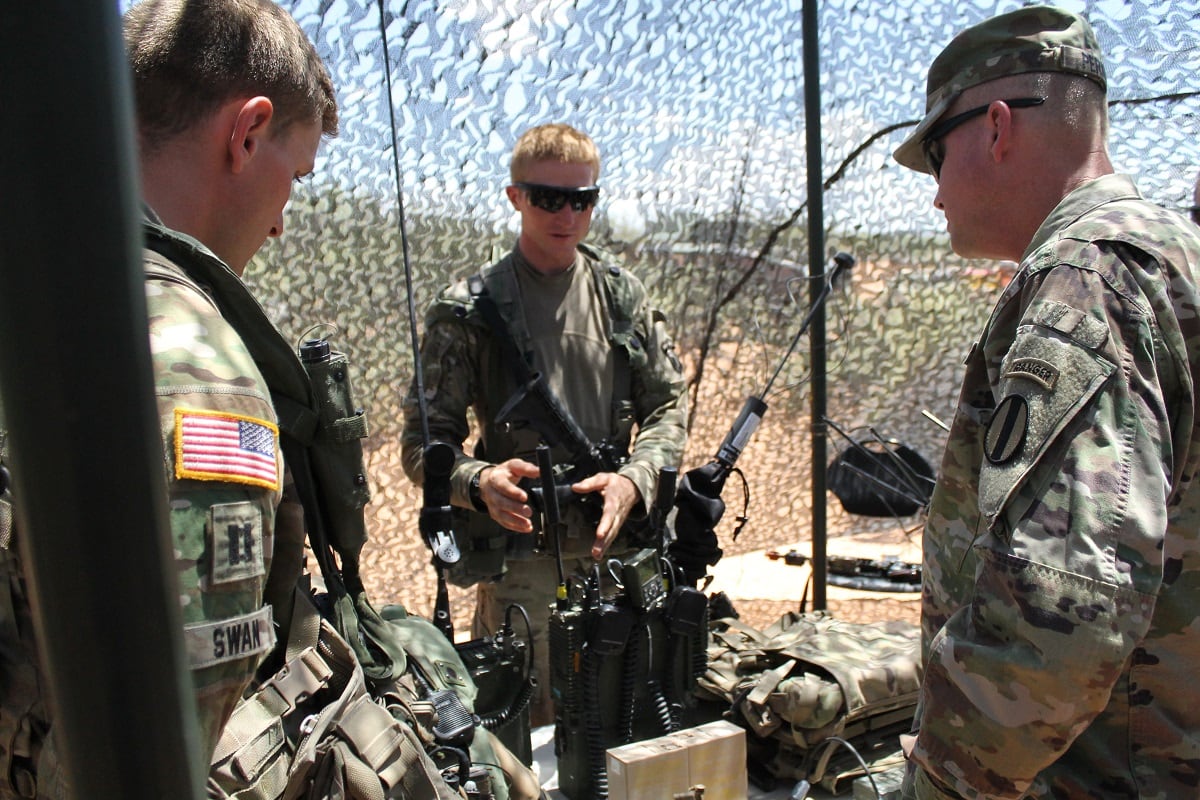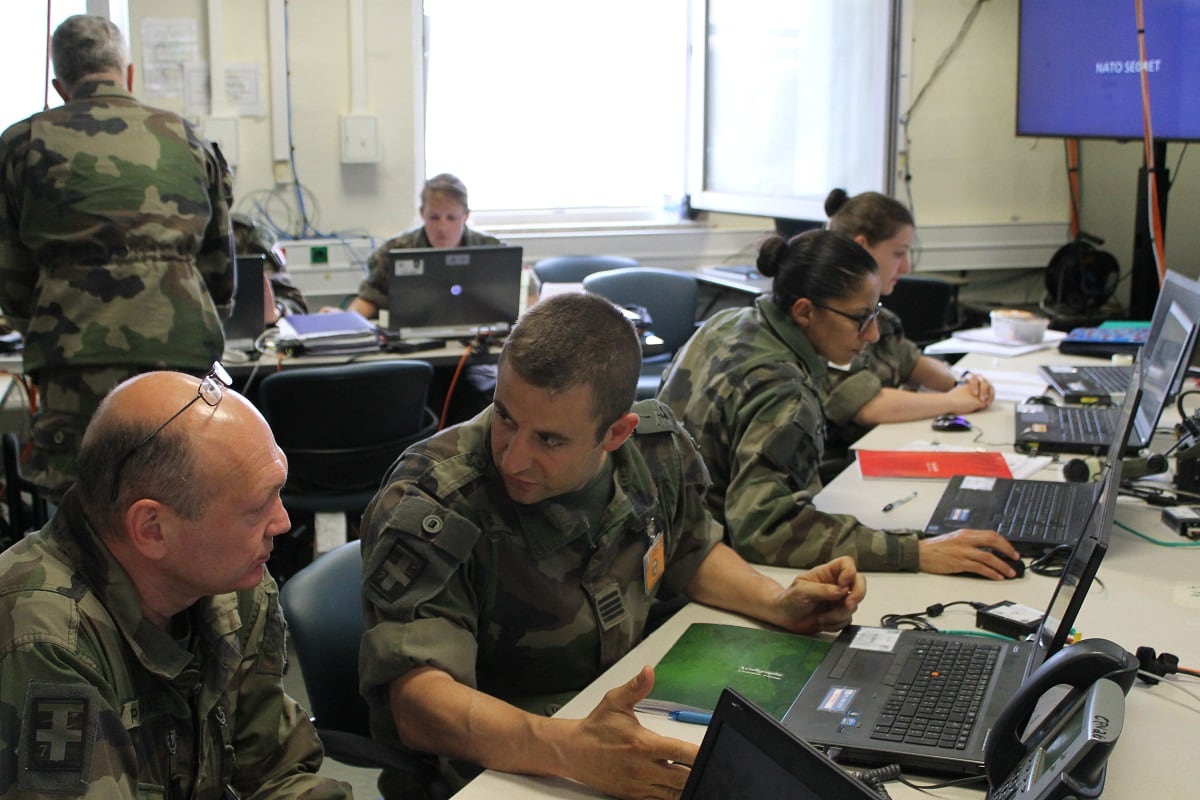GRAFENWOEHR, Germany — The U.S. Army in Europe has used the new and complex Joint Warfighting Assessment, or JWA, as an early opportunity to move the concept of multidomain battle from paper to theater to better understand how the service and its partners will fight together in the future
But the need to fully assess the multidomain battle concept is also teaching the Army that it needs to transform how it conducts future exercises by integrating emerging concepts, capabilities and threats into today’s exercises.
The Army tested the multidomain operations concept as well as its new Field Manual 3.0 in Germany through the JWA and in conjunction with the Air Force’s Blue Flag exercise and Combined Resolve X in late April and early May. The Army’s effort included 161 contributing organizations and more than 25 different countries.
The exercise didn’t just address readiness, but took a hard look at how the future force will be postured to fight, and that meant applying a concept to the exercise called operational experimentation.
Operational experimentation will likely become a crux of many future exercises, Brig. Gen. Joel Tyler, the head of the Army’s Joint Modernization Command, told Defense News at the JWA in Germany in early May.
Gone are the days of keeping a test unit available to assess emerging programs of record as the Army did at its Network Integration Evaluations held at Fort Bliss, Texas.
RELATED

And it’s possible the Army will move further away from capability assessments that are conducted in a vacuum via small exercises.
With the JWA, the Army for the first time took an exercise meant for experimentation - normally held in a controlled training site stateside - and brought it to a complex, operationally relevant environment. And since the U.S. will never fight alone, it made the assessment both joint and multinational.
“You get some young hooah soldiers out there that are well-trained in their battle drills and tasks and you give them a concept and capability that enhances their state of training, I think that helps everybody,” Tyler said, adding that those soldiers provide invaluable input when experimenting with new or improved capabilities.
“I think there is enormous benefit both to the development communities, the requirements communities, the concept communities and the training communities on using operational units, aligning operational units with modernization opportunities,” he said.
The JWA will measure the effectiveness of aligning training with modernization, but for Tyler, the concept holds promise and teaches units how to be creative and innovative on the battlefield.
In the first JWA, the Army assessed 16 capabilities, mostly at Hohenfels and Grafenwoehr training sites, from water purification capabilities to the V-Bat UAV to defensive cyber operations.
The Army’s directed-energy weapon on a Stryker was present, as were a few electronic warfare capabilities that the service is attempting to refine through rigorous unit tests in Europe.
The Army also assessed 11 concepts, from a robotic complex breach to a mounted maneuver involving an infantry brigade combat team that included concepts for the Ground Mobility Vehicle, the Light Reconnaissance Vehicle and the Mobile Protected Firepower capability - all in development or being assessed by the Army.
The concept of a multinational network was also assessed at the exercise. The concept is expected to lead to more cohesive multinational commands.
RELATED

And the division assigned to lead the exercise – the 1st Infantry Division – took a hard look at the integration of an air-defense artillery battalion into a division, according to Tyler.
The emerging capabilities assessed at the JWA come against a backdrop of a future multidomain battle concept that takes into account big-picture operational evaluations, such as how a division should be organized, the defining of mission command requirements or how to achieve better interoperability with joint partners in terms of networks, logistics and sustainment, according to Col. Jim Van Atta, the chief of training and evaluation at the U.S. Army’s Joint Modernization Command.
For Europe, Tyler envisions the JWA expanding to include allies and partners who bring their own concepts and capabilities for assessment, which could in turn bring about more innovation across a multinational force.
JWA is a unique exercise that is a “harbinger for the future,” Tyler said, “because, again, we try to design it with three objectives in mind: training, interoperability and the future force. And being able to influence and inform every one of those is really key to the success of this.”
Jen Judson is an award-winning journalist covering land warfare for Defense News. She has also worked for Politico and Inside Defense. She holds a Master of Science degree in journalism from Boston University and a Bachelor of Arts degree from Kenyon College.







